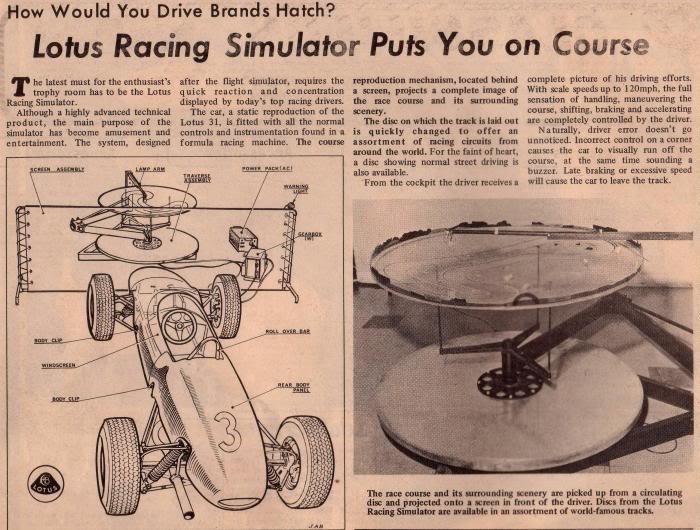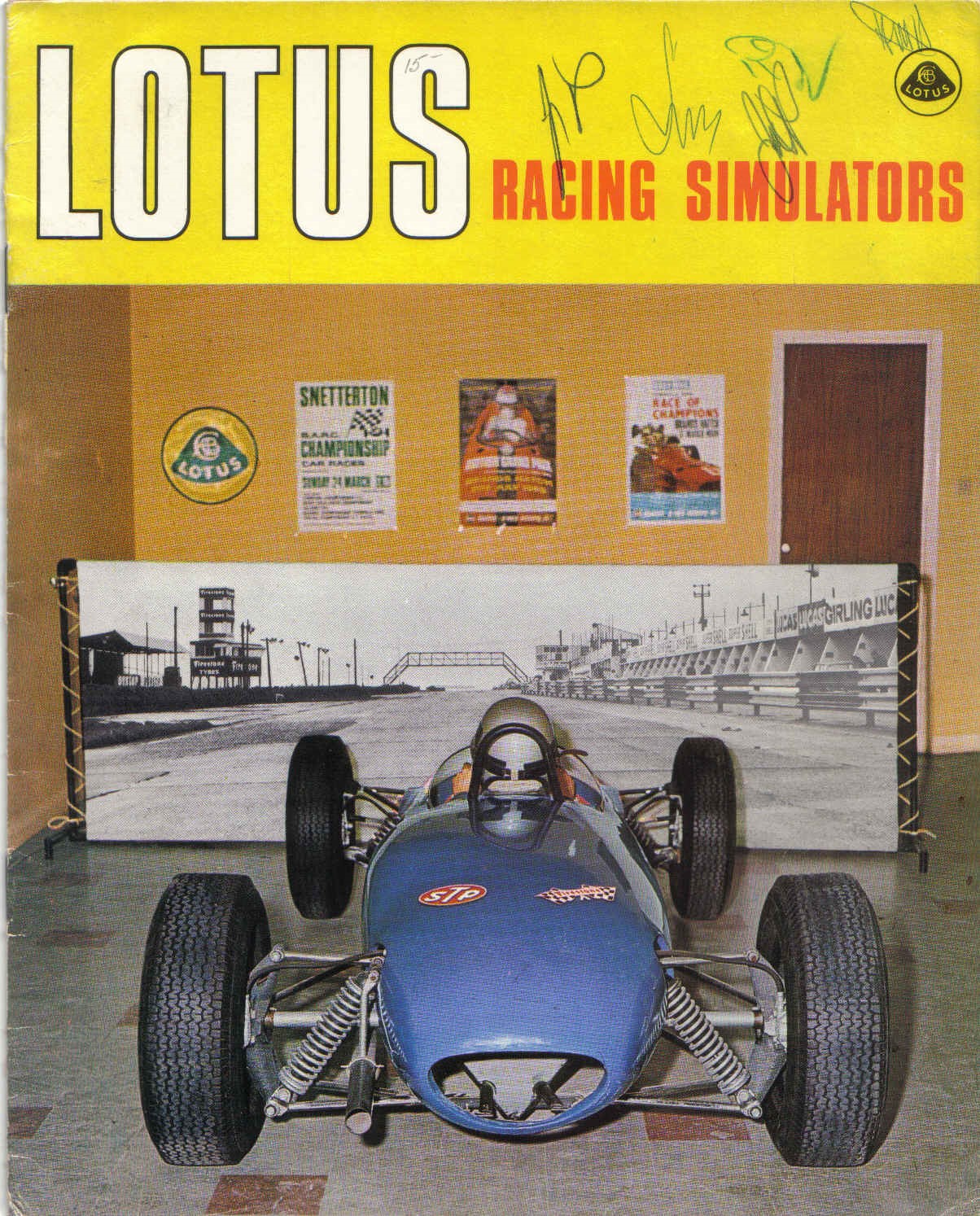Vintage Lotus Race Simulator
Lotus lore is filled with the innovations of founder Colin Chapman including the famous Elite Series I all fiberglass construction; the backbone chassis used
on the Elan, Europa, Elite Series II, Eclat and Esprit; and the Formula 1 active suspension just to name a few. In the early 1960's Chapman prompted one of his
most interesting, off track ideas - the development of a driving simulator. The recently opened World of Speed museum in Wilsonville OR acquired one of these
rare, Lotus simulators and is offering visitors the opportunity to get behind the wheel. Let me relate the history of this unique driving simulator followed by
an introduction to the World of Speed and the museum's race simulator.
It is difficult to determine why, how and when Chapman thought of building a race simulator. Looking at the original design it must have been in the early 60's
because the technology is derived from airplane flight simulators of the era. Many years ago, I had the opportunity to see an early landing/taxi flight simulator
at NASA Ames Research Center. The cockpit simulated a 747 and an entire hanger housed a detailed miniature airport plus surrounding terrain details. The scale of
the Lotus simulator (Figure1) is much smaller with a rotating platform model of the famous Brands Hatch Raceway that was projected on a screen in front of a Lotus
race car.
Chapman was serious enough about the potential that he even published descriptive literature (Figure 2). An estimated 18 were actually built. It is not known
just how many survive but you can assume are now vintage racing. The literature notes that the car was a Lotus 31, a Formula Junior that shared the design with
the Lotus 20/22 Formula Junior. It seems that some were actually the 20/22 series.
It is difficult to measure the effectiveness of this simulator. At least one was featured in an Avengers television episode where Emma Peele, captured by the
bad guys, was forced to drive the course at risk of an electric shock for off course excursions. The episode is called the "The Dead Man's Treasure";
theavengers.tv The Simulator is shown, in operation, several times with different characters
at the wheel.
It is time to mention World of Speed (WoS). WoS is a new automotive museum located in Wilsonville OR, a short, 20 mile trip south from Portland on I-5. It is a
private, non-profit foundation dedicated to education and entertainment through the celebration and preservation of American motorsports. The museum is housed
in a remodeled auto dealership featuring 90,000+ square feet of floor space with approximately 90 vehicles on display, a reference archive, classrooms, meeting
rooms, shop space, complete catering facilities to support parties/fund raisers and even a "Brides Room" just in case a wedding is in your future. Work continues
to expand the education programs that started with automotive related summer camps and a hands-on high school shop class with plans to grow adult programs.
Go to www.worldofspeed.org for more information and to sign up for the newsletter.
Tony Thacker was instrumental in the early development of the museum collection and planning serving as curator. The Lotus simulator intrigued Tony when it
was offered as a frame/shell on eBay (Figures 4 and 5). The condition was deemed complete enough to embark on the project.
The end product (Figure 6) looks fantastic in the classic Lotus British Racing Green/Yellow livery.
WoS has three race car simulators (Figure 7) offering visitors the opportunity to experience racing at the wheel of the Johnny Benson's 1998 NASCAR Ford Taurus,
the Adrian Fernandez's 1995 Lola Indy Car and the Lotus. Keith Maher, Maher Solutions (SimToWin.com) was tasked with the system design/integration and software
development. A menu features track selection, oval to road course to a hill climb all designed by Keith, plus levels of competition from practice to a full field
of competitors. Cars have individual characteristics including tire grip to down force plus crash recovery modes from no damage to pieces leaving the car, ending
your race. Driver error is rewarded with skid marks on the track and wet/grassy tires that requires reduced speeds until they are cleaned.
The NASCAR is on an oval track with fully automatic shifting while the Indy car is on a road course with a sequential shifter. The Lotus utilizes the same road
course and sequential shifting with period control characteristics including no aerodynamic down force and threaded tires. $10.00 will buy 12 minutes behind
the wheel in a single car in time trial mode but you must meet the following requirements
Another Lotus simulator (Figure 8) is located in Start Line Club, a special area for children car activities. From the photo you can see that this car
requires stricter height and weight limitations.
When the Lotus simulator was placed on the floor I searched my personal automotive library and the infallible internet for additional information. I had no
success so I decided to ask the experts requesting information in the GGLC Chapman Report. John Mihalich, Registrar- Lotus Formula Ford Register Registrar-
Historic Lotus Register, passed on an electronic copy of a six page technical description brochure and additional data. John - Thank you!!!! I passed on the
material to the WoS archive and to Keith Maher, Maher Solutions.
In closing if you ever have some extra time when in the Portland OR area head to Wilsonville and drive a unique simulator.
At the World of Speed Museum
By Tom Styczynski
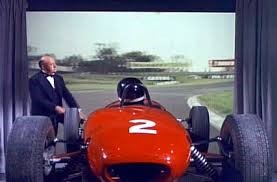
Figure 3 is a photo from that "Avengers" episode.
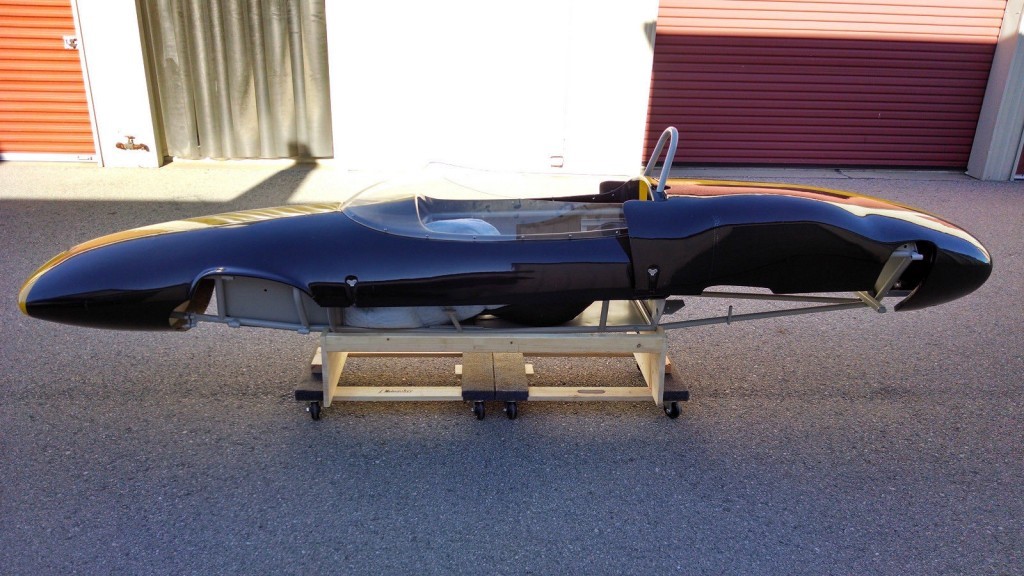
Figure 4 - Lotus Simulator Body
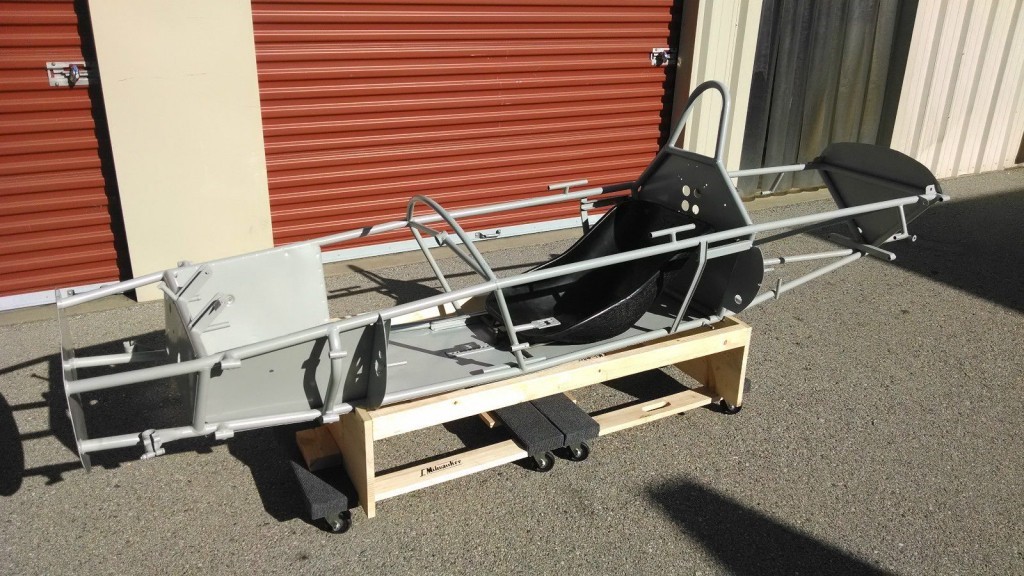
Figure 5 - Lotus Simulator Chassis
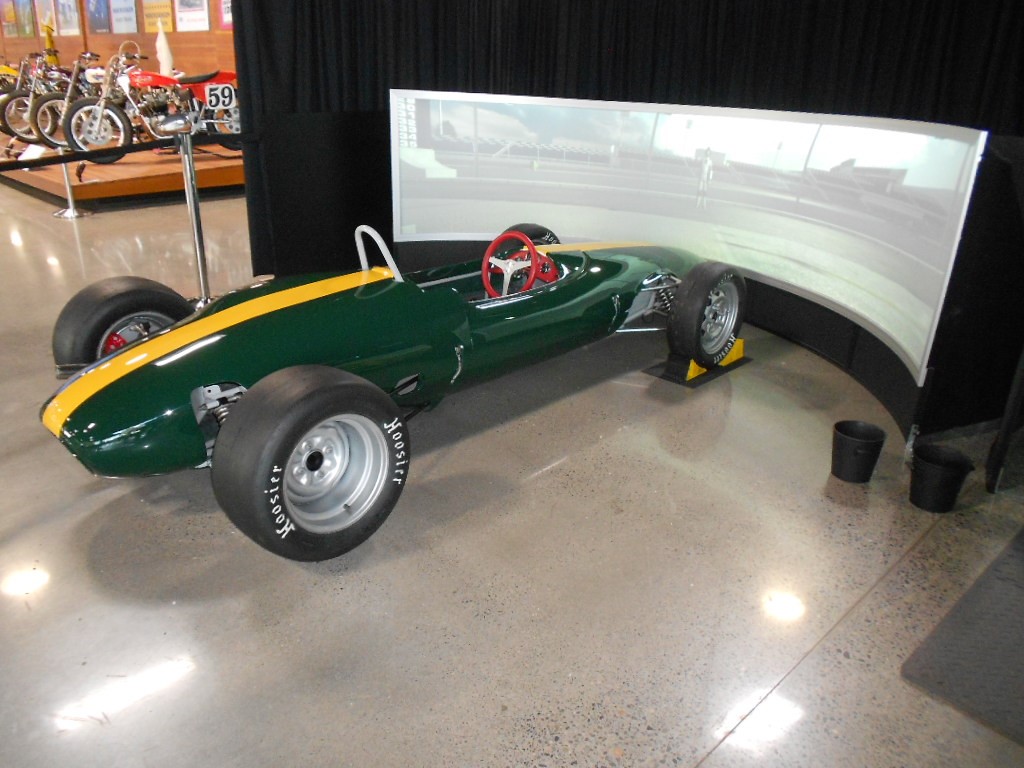
Figure 6 - Lotus Simulator at World of Speed
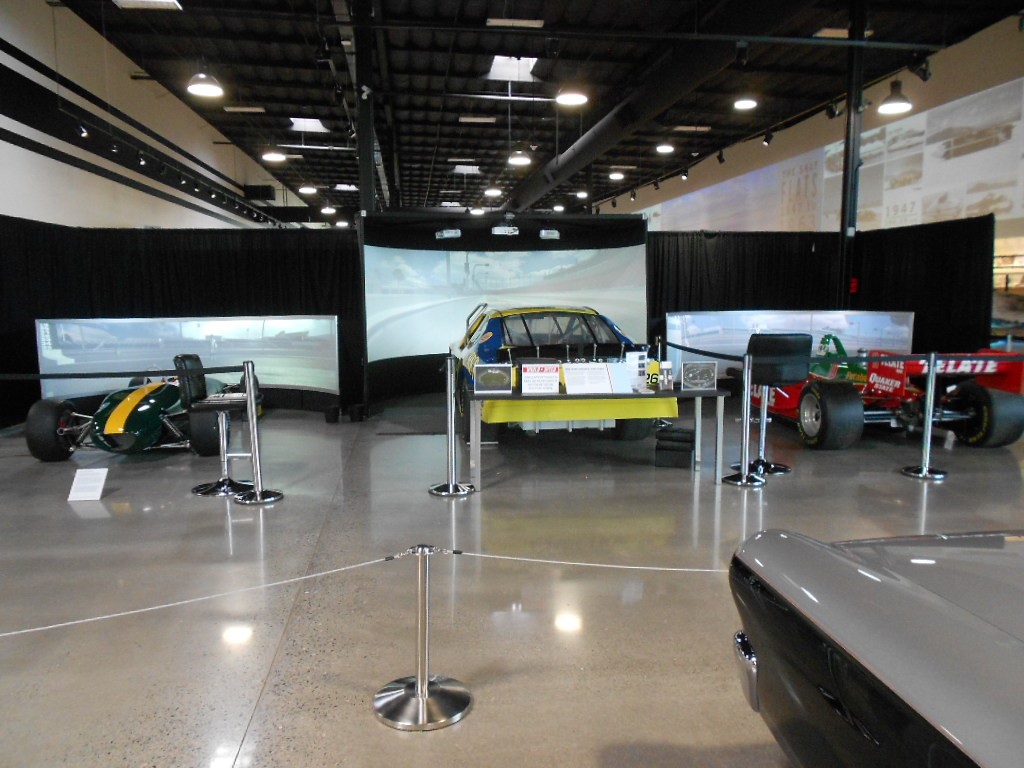
Figure 7 - World of Speed Racing Simulators
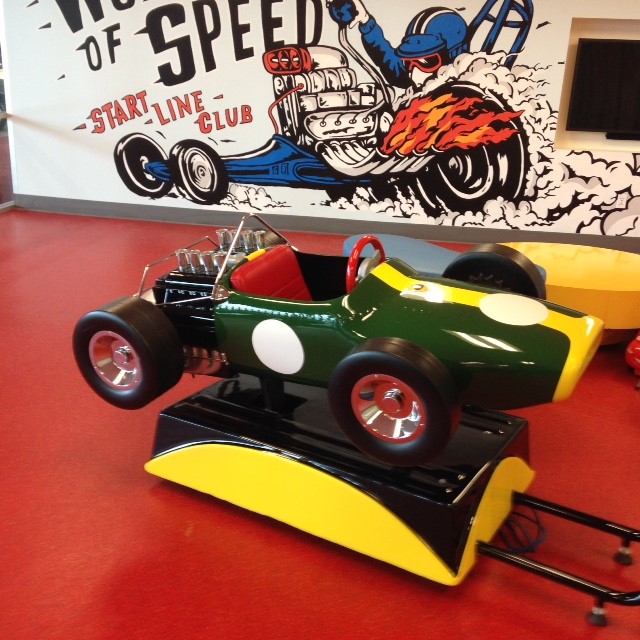
Figure 8 - Start Line Club Lotus
